Follow These Tips to Give Your Granulator Blades the Edge
Here are answers to some frequently asked questions—and troubleshooting advice—to help you maintain your granulator blades.

Two blades used for rotors with open design.
Blades are the highest wearing item on a granulator, and in many cases the most expensive maintenance item. How fast the blades become dull depends on how much the granulator is processing high volumes of materials, the geometry of the basic part going into the granulator, as well as the material type.
Here are some of the most frequently asked questions (and answers) about maintaining granulator blades, along with troubleshooting tips.
1. What happens when blades are dull or improperly spaced?
• Non-uniform and dusty regrind;
• Throughput rates may drop;
• Noisy working environment;
• Increased energy consumption;
• Increased heat when the material isn’t being cut properly;
• Premature failure of connected devices (motor, belt, tensioner, etc.).
2. Is it worthwhile to visually check fixed and rotating blades?
Yes; do this as part of a regular preventive-maintenance schedule. It will soon become clear how often the blades need to be sharpened. An hour meter helps to track preventive-maintenance scheduling on blades. Regular inspection and maintenance by trained staff are recommended for early detection and elimination of problems and to minimize downtime and more serious issues.
Screenless Granulators Help Hoffer Plastics Make the Cut on Challenging Materials
Family-owned and operated custom molder Hoffer Plastics has been buying Wittmann Battenfeld injection molding machinery and auxiliary equipment for many years. On some recent applications, Wittmann Battenfeld granulators purchased by the Elgin, Ill., molder have helped it solve problems that occur when it runs challenging materials.
Those “difficult” materials include a 33% glass-filled nylon, which runs on a 500-ton press running a 9-sec cycle producing sheetrock anchors. The granulator Hoffer uses on this application is a Wittmann Battenfeld Junior Double Low Speed screenless granulator. The molder says its ability to provide high-quality regrind on this tricky material is one of the factors that helps it stand apart.

“With a standard granulator, there are a variety of challenges with the 33% glass-filled nylon material that we run,” says John Lederer, maintenance manager at Hoffer Plastics. “Primarily, the blades will dull far too fast for our needs, and a dull blade results in dusty, poor-quality regrind. Having a grinder stay sharp longer and be cleaned and maintained easily seems like a simple thing, but it really does save us a lot of time and money on every job we do.”
The Wittmann Battenfeld granulator leverages a low-speed and durable design to allow for longer blade life and thus better quality regrind of even the toughest materials. Hoffer’s workers have also praised the granulators’ ease of use and ease of cleaning, two features that also are integral to a longer blade lifespan and continued high-quality output regardless of the material being used.
Hoffer Plastics now has four of Wittmann Battenfeld’s Single Low Speed screenless granulators and two of the Junior Double Low Speed screenless granulators that have worked on these glass-filled runners for years.
Hoffer recently took delivery on a second Witmann Battenfeld granulator, which is used in another glass-filled nylon molding application. The company plans to continue purchasing Wittmann Battenfeld grinders to replace aging equipment and expand its capabilities moving forward.
3. How do we deal with blade gapping, resharpening or replacement?
Dull blades are by far the most common problem in granulators. Have a spare set of rotor blades available on the shelf for each granulator. This prevents extended downtime while waiting for blades to be reworked or replaced.
Improperly gapped blades: If blades are sharp but the quality of the regrind is not what it should be, check whether the knife gap is out of tolerance. The gap refers to the space between the rotating knives and the fixed bed knives; recommendations for different granulator models range from 0.2 to 0.3 mm. Gap adjustment should be a priority on every preventive-maintenance schedule.

Blade gap pre-adjustment fixture from Wittmann Battenfeld help keep the knife gap in tolerance. .
Blade change: The blade-gap pre-adjustment fixture allows for a pre-gapped set of blades that are not yet mounted within the cutting chamber. This ensures a quick and easy change, and also prevents potential injuries when gapping blades directly inside a granulator. Adjustable rotating blades are of increased durability. Each blade can be sharpened individually as required—not just the most worn one. After replacing the blades, the rotor should be turned manually to ensure proper clearance between the stationary and rotating blades before starting the unit.
Dull blades are by far the most common problem in granulators.
Blade resharpening: Carefully follow the sharpening instructions in the operating manual.
Screens: If a granulator is not properly maintained, the space between the screen and the knife edges can increase, causing reduced throughput or screen clogging. Clogs require a shutdown and granulator cleaning, thus reducing production. The screen itself can also wear down; the small circular holes in the screen can eventually become larger, allowing bigger, non-uniform pieces of plastic to fall through. The quality of the regrind will be affected. Rotate the screen regularly to minimize wear and tear. Take a look at the screen holes. If they are beginning to look pear-shaped, it is probably time to replace the screen.
ABOUT THE AUTHOR: Steve Mussman is the division manager for material handling/auxiliaries at Wittmann Battenfeld USA (860) 496-9603 x 163; Steve.Mussman@wittmann-group.com; wittmann-group.com
Related Content
Foam-Core Multilayer Blow Molding: How It’s Done
Learn here how to take advantage of new lightweighting and recycle utilization opportunities in consumer packaging, thanks to a collaboration of leaders in microcellular foaming and multilayer head design.
Read MoreCompatibilizers Aid Recycling & Upcycling of Mixed Resins
Compatibilizers are proving their worth in boosting critical properties such as impact/stiffness balance of PCR and PIR blends of polyolefins and other plastics.
Read MoreScaling Up Sustainable Solutions for Fiber Reinforced Composite Materials
Oak Ridge National Laboratory's Sustainable Manufacturing Technologies Group helps industrial partners tackle the sustainability challenges presented by fiber-reinforced composite materials.
Read MoreAvoid Four Common Traps In Granulation
Today, more than ever, granulation is an important step in the total production process. Our expert explains a few of the many common traps to avoid when thinking about granulators
Read MoreRead Next
How the Right Granulator Helps You Get the Most Out of Your Material
Not all granulator designs are the same, so which one is right for your application? The one you have today may have been purchased for an entirely different application and may not be best suited to your needs. Here are some things to think about that can help you decide what’s best for you.
Read MoreIs Your Granulator Helping You Maximize Your Profit?
It’s easy to take a scrap granulator for granted. Many people do. But getting the most value out of your production scrap requires both a granulator design and a preventive-maintenance program that are appropriate to the way you use the granulator.
Read MoreGranulate or Shred: Which Makes Sense for You?
That is the size-reduction question confronting many processors today. Look here for some guidance.
Read More
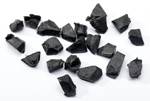

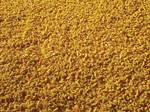



















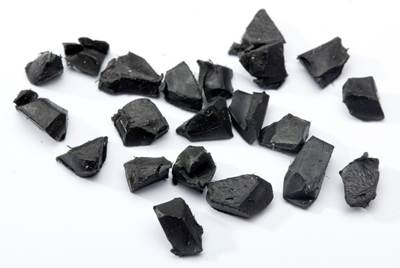
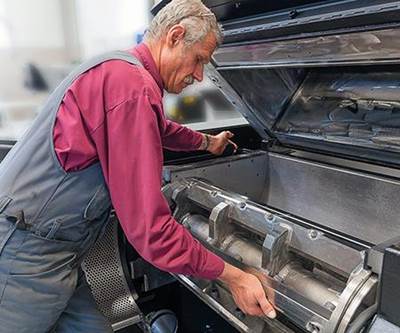
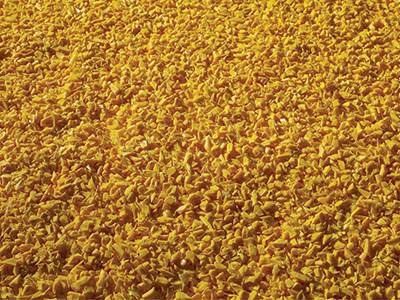
.png;maxWidth=970;quality=90)